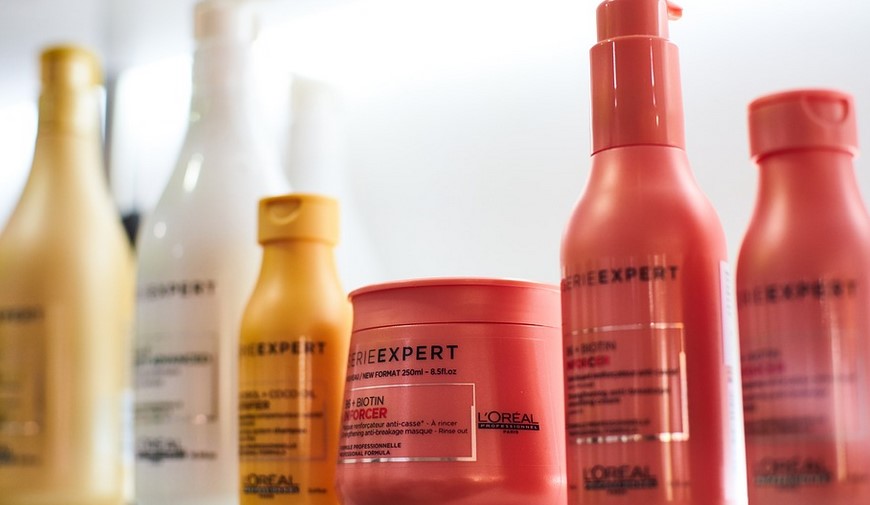Introduction
If you’re someone who pays attention to the ingredients in your soap, you may have come across sodium laurate on the label. But what is it, and is it safe to use? In this article, we’ll dive into what sodium laurate is, how it’s used in soap, and what the research says about its safety.
What is Sodium Laurate?
Sodium laurate is a type of sodium salt derived from lauric acid, a fatty acid found in coconut oil and other sources. It’s commonly used in soap and other personal care products as a surfactant, which means it helps to create a lather and remove dirt and oil from the skin.
How is Sodium Laurate Used in Soap?
In soap, sodium laurate is typically used in combination with other surfactants, such as sodium cocoate (derived from coconut oil) and sodium tallowate (derived from beef fat). These ingredients work together to create a cleansing and moisturizing product that can be customized for different skin types and needs.
Is Sodium Laurate Safe?
According to the Environmental Working Group, sodium laurate is considered to be a low to moderate hazard ingredient. While it’s generally considered to be safe for use in personal care products, some research suggests that it may be irritating to the skin and eyes for some individuals.
What are the Alternatives to Sodium Laurate?
If you’re looking for a soap that doesn’t contain sodium laurate, there are plenty of options available. Some brands use alternative surfactants, such as sodium cocoyl isethionate (derived from coconut oil) or sodium lauroyl sarcosinate (derived from sarcosine, an amino acid). Others use natural ingredients like goat milk or honey to create a moisturizing and cleansing product.
How to Choose a Safe and Effective Soap
When choosing a soap, it’s important to read the label and look for ingredients that you’re comfortable using. If you have sensitive skin or are prone to allergies, look for products that are labeled as hypoallergenic or fragrance-free. You can also check out online reviews and ratings to see what other customers have to say about a particular product.
Tips for Using Soap with Sodium Laurate
If you’re using a soap that contains sodium laurate, here are a few tips to keep in mind: – Use a gentle, circular motion when washing your skin to avoid irritation. – Rinse thoroughly with warm water to remove all traces of soap. – Moisturize your skin after washing to help prevent dryness and irritation.
The Bottom Line
Sodium laurate is a common ingredient in soap and other personal care products. While it’s generally considered to be safe, some individuals may experience skin or eye irritation. If you’re concerned about using products that contain sodium laurate, there are plenty of alternative options available. As always, it’s important to read the label and choose products that you’re comfortable using on your skin.

